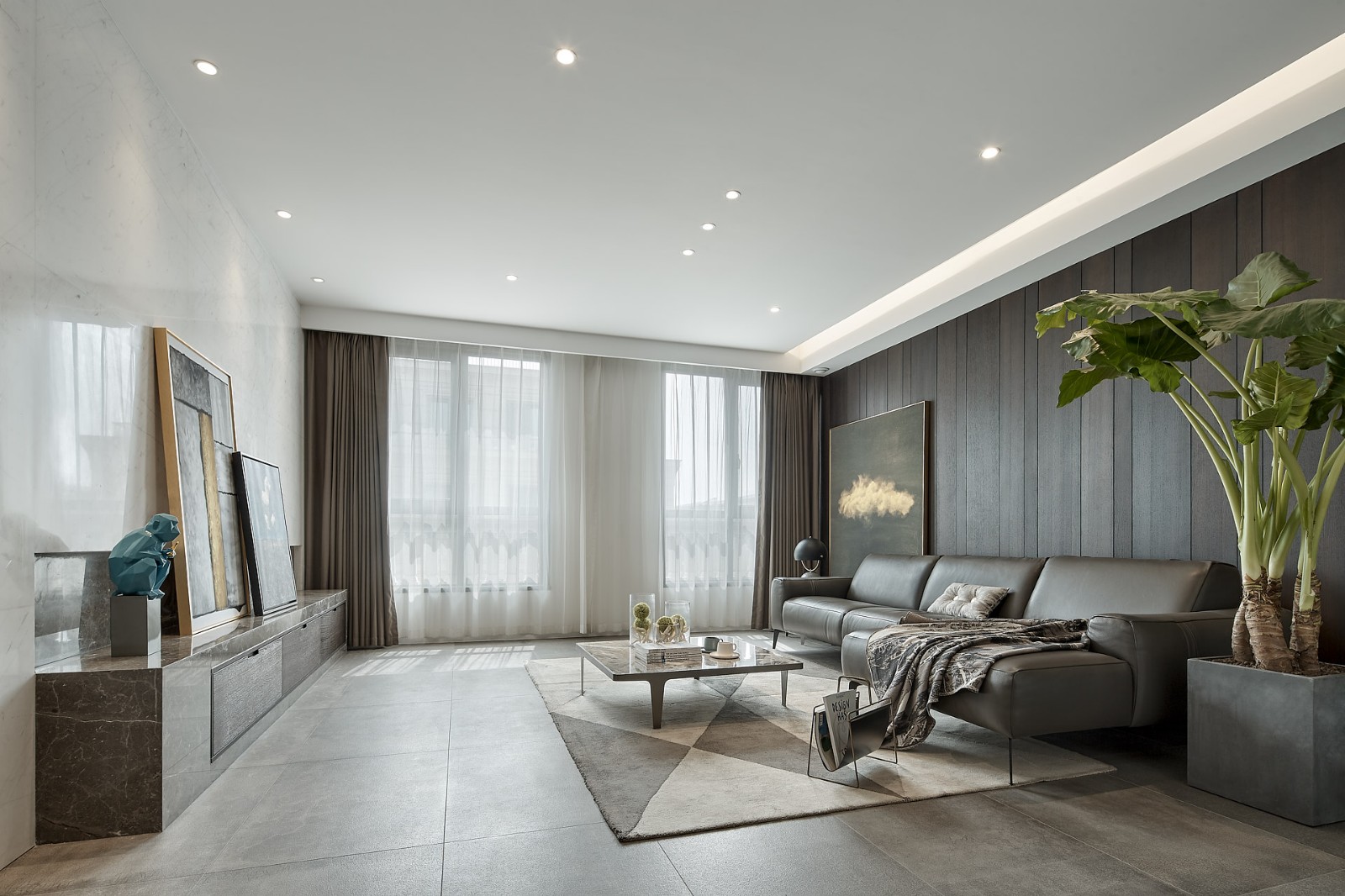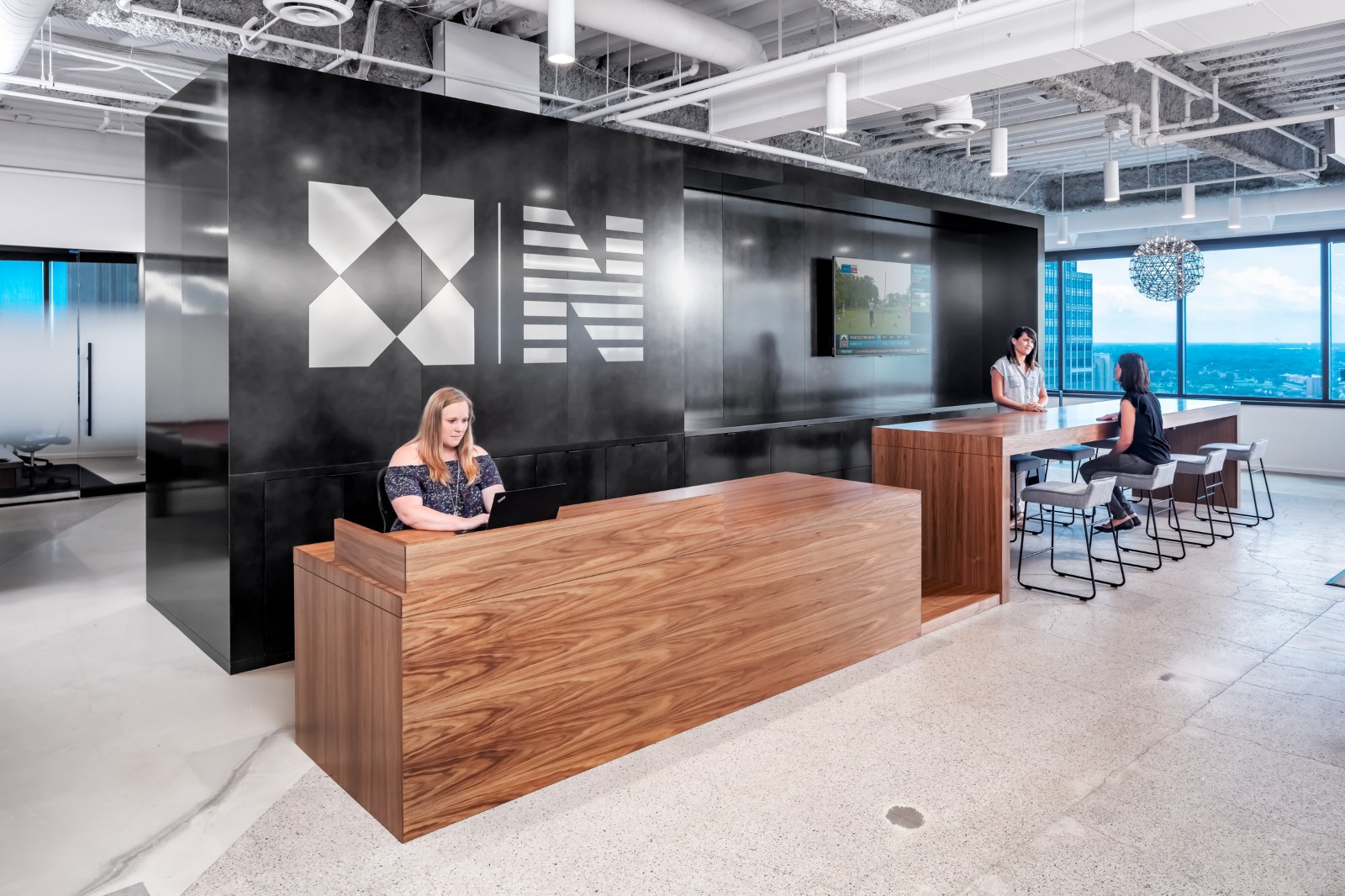Vincent Callebaut Imagines Hyperbolic Shaped Forest Suspended Over River in Seoul
2017-06-17 16:00
© Vincent Callebaut Architectures
© Vincent Callebaut Architectures
首尔正在寻找新的方式来投资于这种软基础设施,帮助促进社会凝聚力,增强不同社会经济群体之间的社区意识。为了使每个人都能更公平地使用这些新设施,这艘漂浮的船只是一个具有生物友好性和弹性建筑的例子,表明通过尊重河流的生命并允许当地动植物蓬勃发展,有可能与自然一起建造,而不是与大自然对立-文森特·卡列堡建筑(Vincent Callebaut Architecture)。
Seoul is finding new ways to invest in this kind of soft infrastructure, helping to foster social cohesion with a greater sense of community among diverse socio-economic groups. With an eye toward increasing equitable access for everyone to these new facilities, this floating vessel is an example of biophilic and resilient architecture, demonstrating that it is possible to build with nature rather than against it, by respecting the life of the river and allowing the local fauna and flora to flourish – Vincent Callebaut Architectures.
© Vincent Callebaut Architectures
© Vincent Callebaut Architectures
被称为“四个核心”的干预措施,景观规划包括一个浮动渡船码头,美化河岸,开发高地和文化综合体,将主办一个科学中心的儿童。
Dubbed as the 4 “cores” of interventions, the landscaping plan consists of a floating ferry terminal, landscaping of the riverbank, development of the upper ground and a cultural complex, which will host a science center for children.
© Vincent Callebaut Architectures
© Vincent Callebaut Architectures
生物设计的“曼塔-雷”渡轮码头将拥有一套复杂的可持续设计策略。该码头是为迎合从水上出租车到游轮的船只而设计的,它是一个由漂浮码头组成的网络。在其码头上漂浮的堤坝连接在一起,保护码头不受水流的影响,还可以看到河流的全景。码头将技术设备集成在双层内,为船只提供能源(水和电)和生物燃料。码头和平台由一组链条组成,用26个混凝土板将渡船锚定在河底。
The bio-designed “Manta-Ray” ferry terminal will host a complex set of sustainable design strategies. Devised to cater to boats ranging from water taxis to cruise ships, the terminal is built as a web of floating piers. Floating dikes along its docks link together, protecting the marina from water currents as well as offering panoramic views of the river. The piers integrate technical equipment inside double floors, supplying boats with energy (water and electricity) and biofuels. The docking and platforms are secured by a network of chains, which anchor the ferry to the bottom of the river with 26 concrete slabs.
© Vincent Callebaut Architectures
© Vincent Callebaut Architectures
由交叉层合木材制成的蜂窝柱(从韩国森林中生态地采伐)上升到浮码头上方,标志着渡船码头的中间层。树状树干是空心的,在树干内提供楼梯、电梯和服务设施,同时支撑终端特有的弯曲屋顶。一家生物燃料厂将通过回收从野岛公园提供的可生物降解废物来为这些设备提供能源。
Honeycomb columns made from cross-laminated timber (harvested ecologically from Korean forests) rise above the floating docks, marking the mid-level of the ferry terminal building. The tree-like trunks are hollow, providing stairs, elevators and service facilities inside their trunks while supporting the terminal’s characteristic curved roof. A biofuel plant will provide energy for the equipment through recycling biodegradable waste supplied from Yeouhido Park.
© Vincent Callebaut Architectures
© Vincent Callebaut Architectures
渡轮码头的上层是教育及商业设施,包括食物场、展览场地及天台观景台。屋顶,作为该项目的标志性花园空间,也将包括一个果园。4,4550平方米的光伏太阳能电池板将被纳入建筑物的玻璃外墙,其边缘还将增加3,500平方米的光热电池板。位于屋顶上的风树也将通过涡轮机农场收集能量。
The upper areas of the ferry terminal are directed towards educational and commercial facilities, including food courts, exhibition spaces and the roof’s observation deck. The rooftop, being the program’s landmark garden space will also contain an orchard. 4,4550 square meters of photovoltaic solar panels will be incorporated into the glass façade of the building, with an additional 3,500 square meters of photothermal panels lining its edges. Wind trees positioned on the rooftop will also collect energy via a turbine farm.
© Vincent Callebaut Architectures
© Vincent Callebaut Architectures
© Vincent Callebaut Architectures
这双曲抛物面展开像一个软斜坡景观,邀请乘客和游客漫步,同时提供惊人的景观河流-文森特卡列堡建筑。
This hyperbolic paraboloid rolls out like a soft-slope landscape, inviting passengers and visitors to wander and stroll while offering stunning views of the river - Vincent Callebaut Architectures.
© Vincent Callebaut Architectures
© Vincent Callebaut Architectures
这四个项目由茂密的植被和一座斜拉的人行桥连接在一起.整个“曼塔雷”项目力求通过纳入其方案不同要素的不同能源战略(太阳能、风能、生物量、水力),以可持续的方式产生100%的能源。材料是生物来源的,可回收的,而且是可回收的.
The four projects are linked together by dense vegetation and a cable-stayed pedestrian bridge. The entire “Manta Ray” project seeks to generate 100% of its energy sustainably through the different energy strategies (solar, wind, biomass, hydro) woven into different elements of its program. Materials are bio-sourced, recycled and are recyclable.
© Vincent Callebaut Architectures
Courtesy of Vincent Callebaut
文森特·卡列博特(VincentCallebaut)
Learn more about Manta Ray here.
建筑师VincentCallebaut建筑地点:Yeouido Hangang公园,330 Yeouidong-ro,Yeoui-栋,Yeongdeungpo-gu,汉城,韩国建筑师,负责文森特Callebaut客户首尔市政府区25600.0平方米的2017年项目年照片文森特Callebaut建筑
Architects Vincent Callebaut Architectures Location Yeouido Hangang Park, 330 Yeouidong-ro, Yeoui-dong, Yeongdeungpo-gu, Seoul, South Korea Architect in Charge Vincent Callebaut Client Seoul Metropolitan Government Area 25600.0 m2 Project Year 2017 Photographs Vincent Callebaut Architectures
最新消息:文森特·卡列堡建筑公司(Vincent Callebaut Architecture)。
News via: Vincent Callebaut Architectures.
文森·卡列堡建筑的双螺旋生态塔在台湾成形,文森特·卡列堡建筑公司发布了他们在台北市新津区建造的桃朱茵园可持续建筑的正在进行中的图片。塔的旋转形式从dna的双螺旋结构中汲取灵感,并将被覆盖在23000棵树中,其目标是成为一个开拓性的、可持续的住宅生态建筑,找到“人与自然之间正确的共生关系”。
Vincent Callebaut Architectures' Double Helix Eco-Tower Takes Shape in Taiwan Vincent Callebaut Architectures has released in-progress images of their Tao Zhu Yin Yuan sustainable tower, under construction in the Xinjin District of Taipei City, Taiwan. The tower's rotating form draws inspiration from the double helix structure of DNA and will be covered in 23,000 trees in its aim to become a pioneering sustainable residential eco-construction that finds "the right symbiosis between the human being and the Nature."
文森特·卡列堡建筑公司计划在布鲁塞尔建立生态社区,文森特·卡列堡建筑公司已经发布了在图尔开发一个激进的生态社区的计划。
Vincent Callebaut Architectures' Plans for Eco-Neighbourhood in Brussels Vincent Callebaut Architectures has released plans for the development of a radical eco-neighborhood at Tour & Taxis, Brussels, Belgium. Covering an area of 135,000 square meters, the proposal will see the redevelopment of the early twentieth-century Gare Maritime, and the construction of three residential "vertical forests" reaching 100 meters in height.
 举报
举报
别默默的看了,快登录帮我评论一下吧!:)
注册
登录
更多评论
相关文章
-

描边风设计中,最容易犯的8种问题分析
2018年走过了四分之一,LOGO设计趋势也清晰了LOGO设计
-

描边风设计中,最容易犯的8种问题分析
2018年走过了四分之一,LOGO设计趋势也清晰了LOGO设计
-

描边风设计中,最容易犯的8种问题分析
2018年走过了四分之一,LOGO设计趋势也清晰了LOGO设计


























































































































